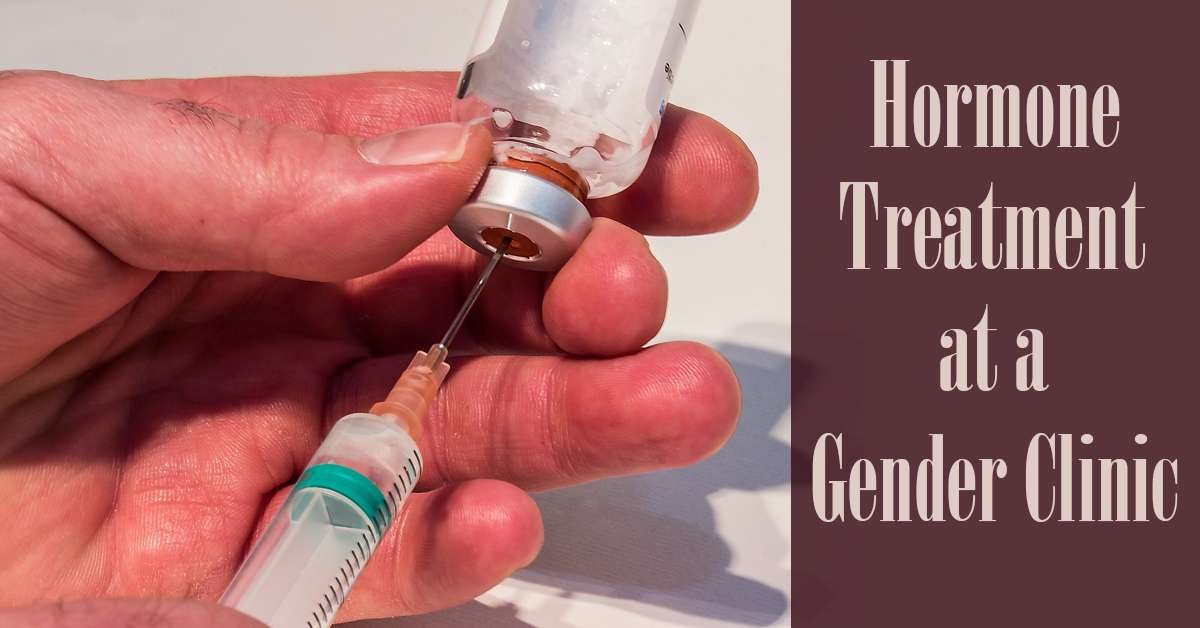
Hormone Treatment at a Gender Clinic
The day has arrived and you have your doctor’s appointment at the Gender Clinic. The doctor will help you in deciding which path you want to go down. Whether that be just taking Testosterone, or you wish to have chest reconstruction surgery (Top Surgery) as well. Also helping you if you are having thoughts about whether to have lower surgery done too.
Who can prescribe Testosterone?
When you visit your therapist hormone treatment is discussed. They will let you know what treatments are available and pros and cons of each type. When you’re ready the therapist at a Gender Clinic will refer you onto see the Doctor who can prescribe treatment. The normal wait time for a doctor’s appointment should be around the 3-month mark but it can be longer. This solely depends on which Gender Identity Clinic you go too and how long the waiting times are.
First Appointment with the Doctor
The GP will ask you to go over what you have already discussed with your therapist so they can make their own assessment. They will also ask you if you have any thoughts on having children because once you start hormone treatment you may become permanently infertile.
They will discuss with you in detail what types of hormone treatment are available and will ask that a blood test be carried out. It can take a few weeks before your own doctor receives the paperwork from the gender clinic before a prescription is issued.
Types of Testosterone available
Testosterone is prescribed in either an injection or gel form.
- Gel: Testogel, Testim or Tostran
- Injection: Sustanon or Nebido
Blood test that is needed
The blood test you need may vary slightly from clinic to clinic, so the list below will give you a guide as to what they will be checking.
- Oestradiol this checks for the amount of hormone oestrogen in the blood, normal levels between 15 to 350, these levels maybe different dependant on age.
- Prolactin this checks for the amount of hormone prolactin in the blood, normal levels between 2 to 29.
- FSH this checks for the amount of Follicle-stimulating hormone (FSH) in the blood, normal levels between 3.9 to 22.5.
- LH this checks for the amount of Luteinizing Hormone (LH) in the blood, normal levels between 5 to 25.
- Liver Function this is check and make sure that the liver is functioning properly.
- Full Blood Count this checks the type and number of red and white blood cells, this gives an indication of your general health.
- Fasting Glucose this check the blood sugar level, normal range is less than 5.6
- Lipid Profile is a panel of blood tests taken to check for abnormalities, such as cholesterol and triglycerides.
Changes and expected time frame
| Effects | Expected Onset | Maximum Effect |
|---|---|---|
| Skin oiliness/acne | 1-6 months | 1-2 years |
| Facial/body hair growth | 3-6 month | 3-5 years |
| Scalp hair loss | >12 months | variable |
| Increased muscle mass/strength | 6-12 months | 2-5 years |
| Body fat redistribution | 3-6 months | 2-5 years |
| Cessetion of menses | 2-6 months | N/A |
| Clitoral enlargement | 3-6 months | 1-2 years |
| Vaginal atrophy | 3-6 months | 1-2 years |
| Deepened voice | 3-12 months | 1-2 years |
